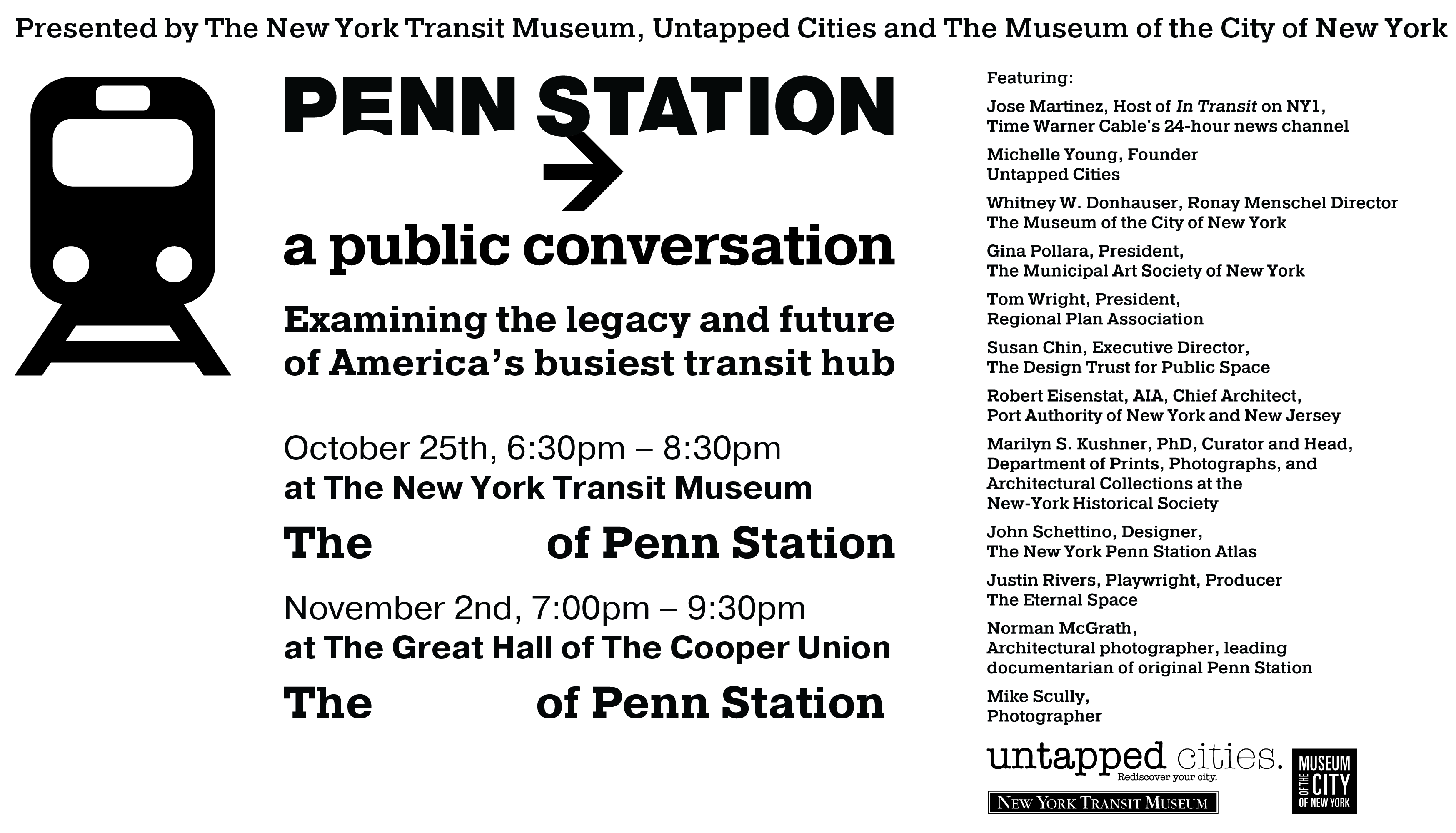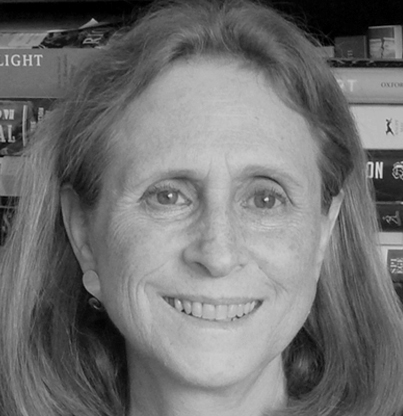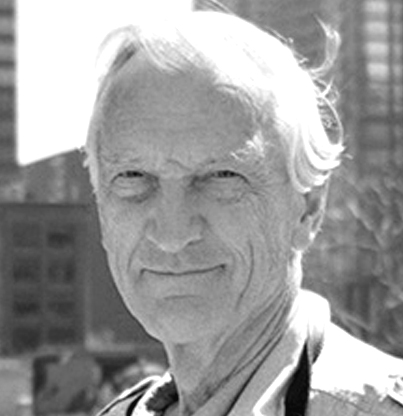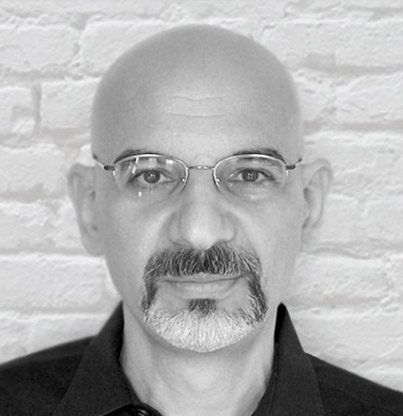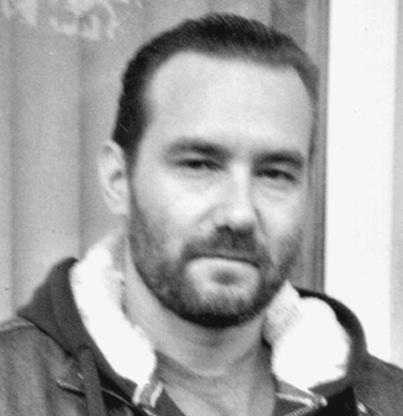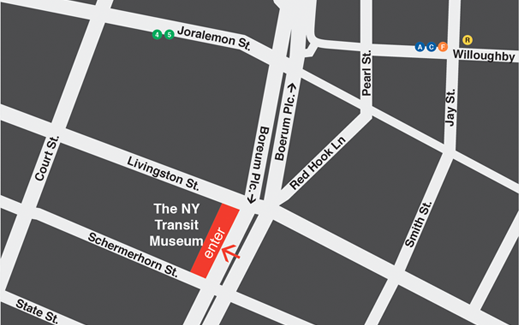PARTICIPANT BIOS
Jose Martinez, NY1 Transit Reporter, Host of In Transit
Jose Martinez covers the transit beat for New York 1, where he also hosts the weekly program “In Transit.” Each show highlights the week’s top stories on the transit beat and features a guest segment whose guests (to date) have included MTA officials, historians, elected officials, transit advocates, artists and children’s book authors. He joined NY1 in March 2013 after spending close to two decades as a newspaper reporter, including 12 years at the New York Daily News.
Gina Pollara, President of The Municipal Art Society of New York
Ms. Pollara, an architect, author, and urban designer, was appointed President of MAS on January 28, 2016. Previously, as executive director of Franklin D. Roosevelt Four Freedoms Park from 2006-2013, Pollara oversaw construction of New York’s iconic memorial to President Roosevelt, designed by the architect Louis Kahn as his final project. More recently, she has been working with the Two Bridges Neighborhood Council and a large group of stakeholders on the South Street Initiative, and provided strategic planning and fundraising services to The River Project and the Hudson River Foundation. Before serving as executive director of Four Freedoms Park, she was associate director at The Cooper Union Irwin S. Chanin School of Architecture Archive, the exhibition and publication arm of the school, where she co-curated the seminal show on Kahn’s FDR memorial. Pollara serves on the boards of the Four Freedoms Park Conservancy and the New York Preservation Archive Project, and is on the advisory board of the Triangle Shirtwaist Factory Fire Memorial. She is a graduate of Bennington College and The Cooper Union Irwin S. Chanin School of Architecture.
Tom Wright, President of the Regional Plan Association
Tom Wright is president of Regional Plan Association, an independent urban planning think tank focused on improving the prosperity, infrastructure, sustainability and quality of life of the New York-New Jersey-Connecticut metropolitan region. Building on RPA’s 90-year history of advancing innovative policy prescriptions to solve difficult problems, Tom guides the organization’s work on government reform, transportation modernization, environmental challenges and the need to offer opportunity to all the region’s residents. As a leading thinker on urban and regional policy, Tom is a frequent speaker, lecturer and commentator on economic growth and development, roads and transit, good governance and other public policy issues. He has steered many key RPA initiatives, including the historic Civic Alliance to Rebuild Downtown New York following the Sept. 11, 2001, attacks; the campaign to create a mixed-use district at Manhattan’s Hudson Yards; the protection of the New Jersey Highlands; and a vision for the revitalization for the City of Newark. Tom played a key role in the creation of A Region at Risk, RPA’s influential third plan for the metropolitan region published in 1996, and he is guiding the organization’s development of a fourth regional plan.
Susan Chin, Executive Director of the Design Trust for Public Space
Susan Chin, FAIA, Hon. ASLA, Executive Director leads the Design Trust for Public Space, a nonprofit organization dedicated to the future of public space in New York City. Her projects include: Five Borough Farm, expanding urban agriculture in New York City; Making Midtown, creating a new bold vision for a 21st C. Garment District; and Under the Elevated, reclaiming space under bridges and rail lines to connect communities. The Design Trust, a nationally recognized incubator, jumpstarted projects such as the High Line and the Taxi of Tomorrow, and influenced the City’s sustainability initiatives, Local Law 86 and PlaNYC, with its suite of High Performance guidelines. For over 20 years she served as Assistant Commissioner for Capital Projects in the New York City Department of Cultural Affairs, overseeing more than $3 billion in new construction, revitalization and public art projects citywide. Ms. Chin served as Vice President on the American Institute of Architects national board and after having served as AIA New York Chapter President. She has served on arts panels, lectured at colleges and universities and received numerous awards, including 2015 Honorary membership in the American Society of Landscape Architects, AIA New York State’s 2013 James William Kideney Gold Medal Award and 2011 Matthew Del Gaudio Award, Loeb Fellowship at Harvard and Distinguished Alumna from Ohio State University.
Rob Eisenstat, Chief Architect of the Port Authority of New York and New Jersey
Rob Eisenstat leads an award-winning unit of architects, landscape architects, and planners within the in-house multi-disciplinary Engineering Department, which provides design and construction management services for the agency. He has been an architect in the Engineering Department for the past 25 years. Before his public architect career, Rob worked 14 years in the private sector on projects ranging from high tech industrial development centers to high rise/mixed use developments in the US and abroad with Skidmore, Owings, and Merrill San Francisco and Luiz Paulo Code Arquitetura in Rio de Janeiro. Rob is a graduate of Rensselaer Polytechnic Institute and is a Registered Architect in New York State and New Jersey. He holds NCARB and LEED certification, and is a member of the Architectural League of New York and the American Institute of Architects, where he has been co-chair of the New York Chapter Transportation + Infrastructure Committee since 2007.
Michelle Young, Founder of Untapped Cities, Adjunct Professor of Architecture at Columbia Graduate School of Architecture, Planning and Preservation
Michelle Young is the founder of Untapped Cities, an online magazine about urban discovery and exploration in New York City and around the world. Michelle holds a B.A. from Harvard in the History of Architecture and a Master of Science in Urban Planning from Columbia University Graduate School of Architecture, Planning and Preservation, where she is also an Adjunct Professor. As a photographer, Michelle’s work has been published in the Wall Street Journal and exhibited at the Museum of the City of New York and the Venice Architecture Biennale. Michelle is also the author of the book Broadway about the history of the famous street, New York Hidden Bars & Restaurants, and the forthcoming book Secret Brooklyn. She has been interviewed by The New York Times, Huffington Post Live, and appeared in numerous documentaries.
John Schettino, Designer of The New York Penn Station Atlas
John Schettino is a designer and artist whose work concentrates on spatial concepts and applications. His design practice helps people to engage with and negotiate space through projects that focus on wayfinding, placemaking and mobility. Using a multi-disciplinary approach, John’s work often addresses the needs that emerge at the intersection of information architecture and architecture of built environments. His overlapping expertise in these areas has its roots in previous experiences as Creative Director for IBM Global Services Online Customer Experience Division and as consultant on large architecture projects for firms like Rockwell Group. His interest in bringing clarity to complex circumstances is also reflected in his own independent initiative The New York Penn Station Atlas, a personal wayfinding tool for America’s busiest transit hub. John has been a guest critic of the Design + Technology MFA Thesis Program at Parson’s The New School since 2005. He has a Bachelor of Fine Arts from The Cooper Union.
Justin Rivers, Playwright and Producer of The Eternal Space, Contributing Editor, Untapped Cities
Justin wrote The Eternal Space as an examination of an unlikely friendship that arose from Penn Station’s demolition and then became deeply fascinated with Penn’s past, present and future. Currently Justin is a licensed New York City tour guide giving tours of Penn Station through Untapped Cities. He is author and co-collaborator of The Wonder City, a graphic novel that re-imagines the history of New York City. He is also Founding Director of The Character Connection Initiative, a non-profit organization that brings character education and mindfulness practices to inner-city middle school students and teachers throughout the NYC metro area. He currently lives in Brooklyn.
Marilyn S. Kushner, Curator and Head, Department of Prints, Photographs and Architectural Collections at the New-York Historical Society.
Marilyn Satin Kushner is Curator and Head, Department of Prints, Photographs, and Architectural Collections at the New-York Historical Society. Previously she was Department Chair, Prints, Drawings, and Photographs and Curator of Prints and Drawings at the Brooklyn Museum. Kushner also served as Curator of Collections at the Montclair Art Museum, New Jersey, and Research Associate at the Whitney Museum of American Art. In these capacities she has mounted more than fifty exhibitions including Photographs by Larry Silver: 1949-1955; Freedom Journey 1965: Photographs of the Selma to Montgomery March by Stephen Somerstein; The Armory Show at 100: Modern Art and Revolution; Tigers of Wrath: Watercolors of Walton Ford; and Digital: Printmaking Now. Kushner has published and lectured extensively, has served on juries and guest curated exhibitions nation-wide, and has taught at Rutgers University, New Brunswick, New Jersey, and Pratt Institute in Brooklyn, New York. She received her PhD from Northwestern University in 1991.
Norman McGrath, Photographer
London born photographer Norman McGrath was educated in Ireland where he earned an engineering degree at Trinity College, Dublin. After working in Dublin for two years as a structural engineer, McGrath moved to New York in 1956. His long career includes a wide variety of work for many well-known architects and designers. Every major architectural publication has featured his images, and his book, Photographing Buildings Inside and Out has sold over 46,000 copies. Recently, McGrath co-authored for Princeton Architectural Press, the books Manhattan Skyscrapers with text by Eric Nash, and Skyscraper Rivals a book featuring four early New York buildings, with text by Daniel Abramson. New York’s Pennsylvania Stations by Hilary Ballon was published in April 2002, with a photo essay by Norman McGrath. More recent works include: Architectural Photography: Professional Techniques for Shooting Interior and Exterior Spaces (2009) and Rooftop Gardens: The Terraces, Conservatories and Balconies of New York (2011). In additional to his assignment work, Norman McGrath gives seminars and teaches with the Maine Photographic Workshops, The Palm Beach Photo Workshops and the Calumet Institute in conjunction with the University of Maryland. In 1985, the AIA selected, McGrath for its Institute Honor and the New York Chapter of the AIA awarded him a special citation for photography in 1999.
Mike Scully, Photographer
Michael Scully is an NYC / LA based film photographer and printer. Employing a wide array of film cameras and analog techniques, his primary areas of interest include street photography, architectural photography and portraiture. Scully says: “Black and white, light and dark, positive and negative: concepts that, while at odds with each other, enjoy an inseparable relationship. Representing opposing ends of the spectrum, they work in concert to produce something greater. From the burst of light entering the camera and striking the film to the light from the enlarger passing through the negative to create the tonal ranges in the print, this relationship permeates not only the finished image but the entire process itself. It is a process that captivates me as a photographer and printer –the ability to harness the light and dark and use it to craft images bereft of algorithms.”
